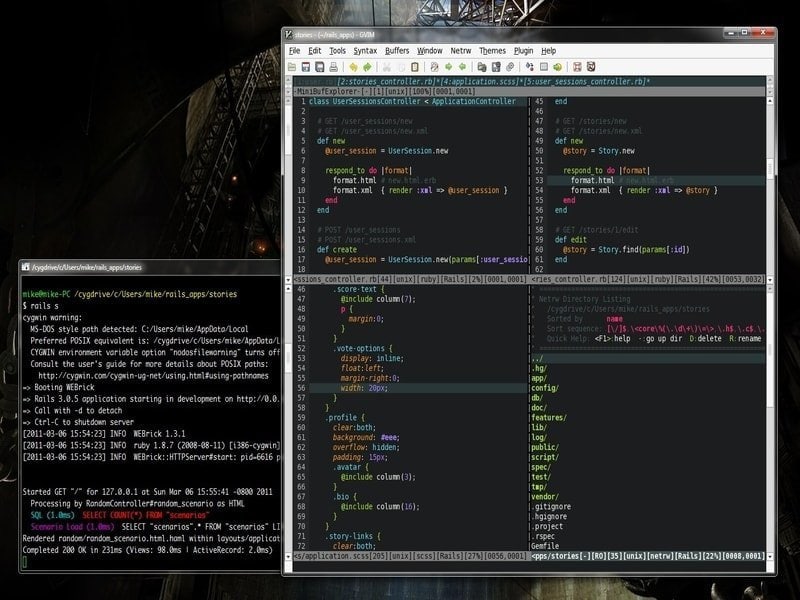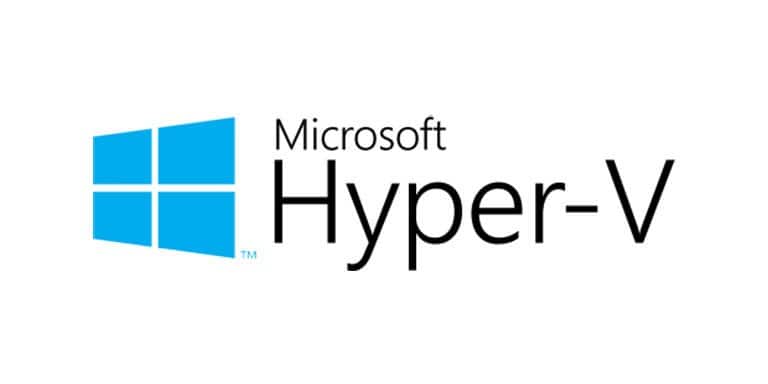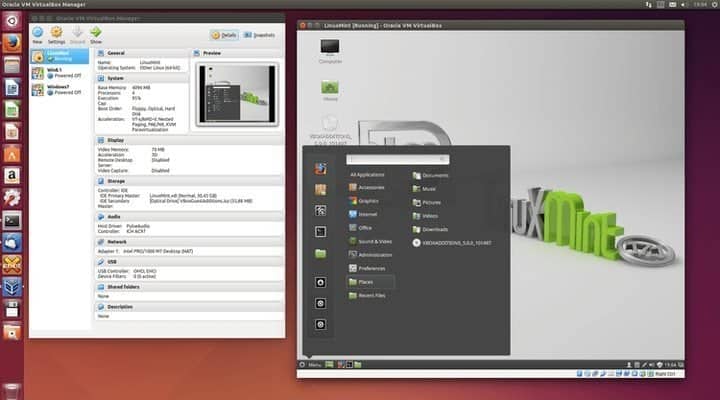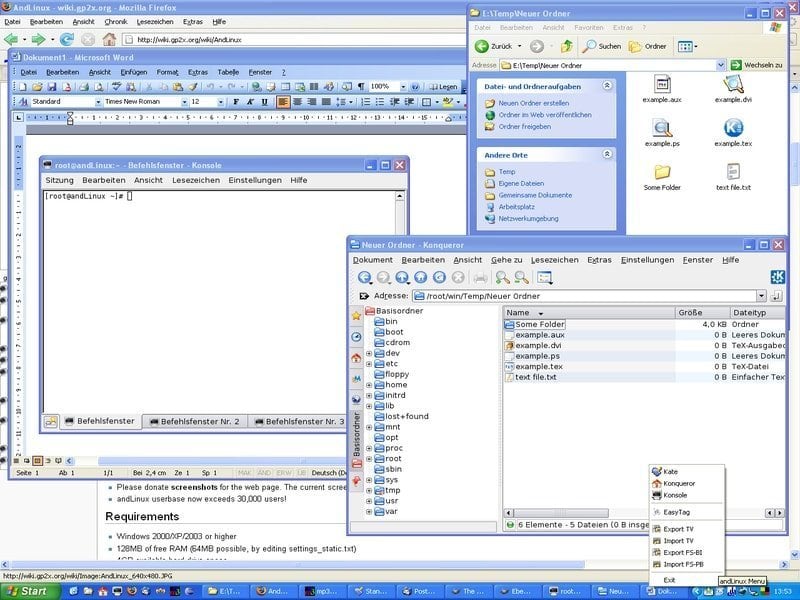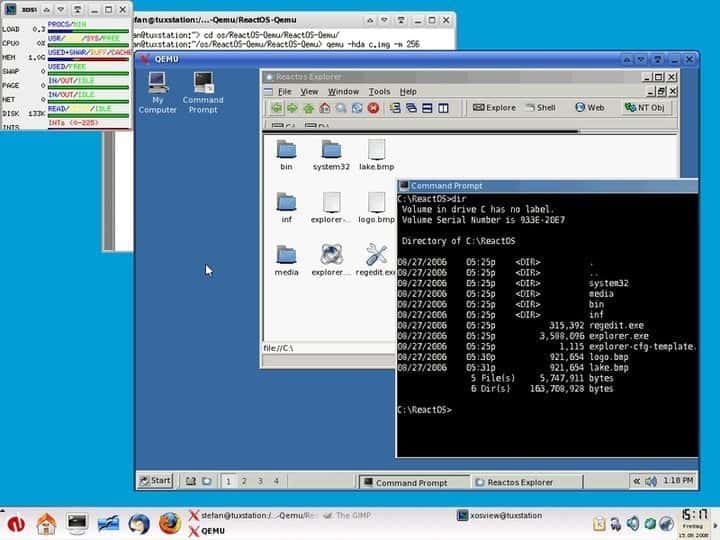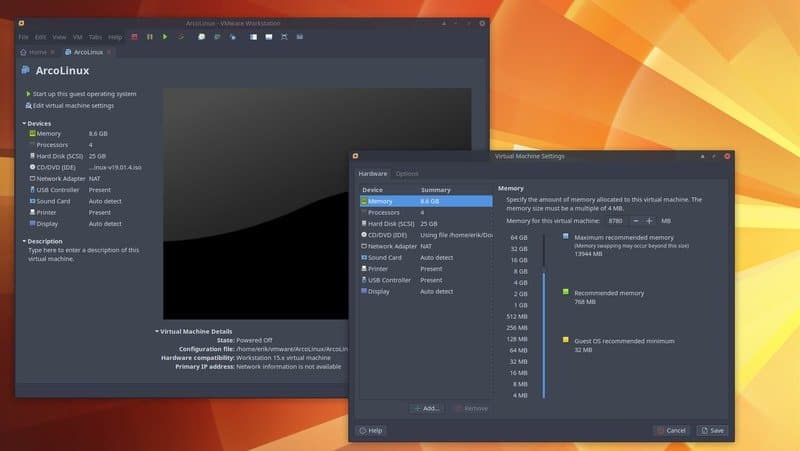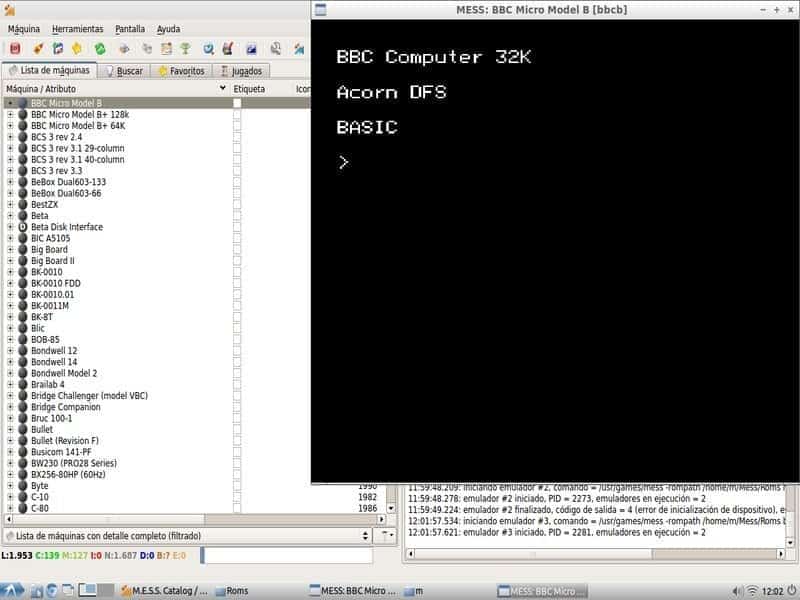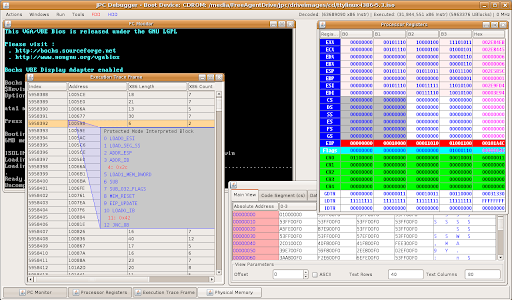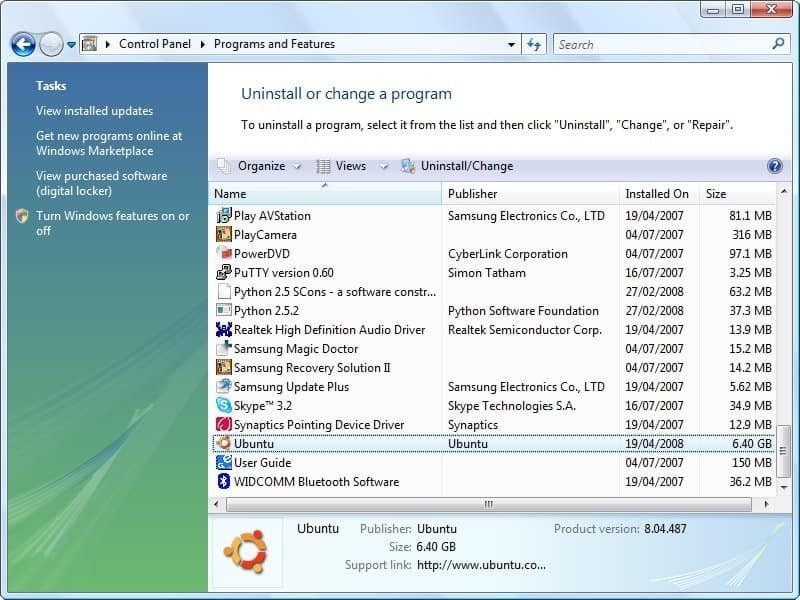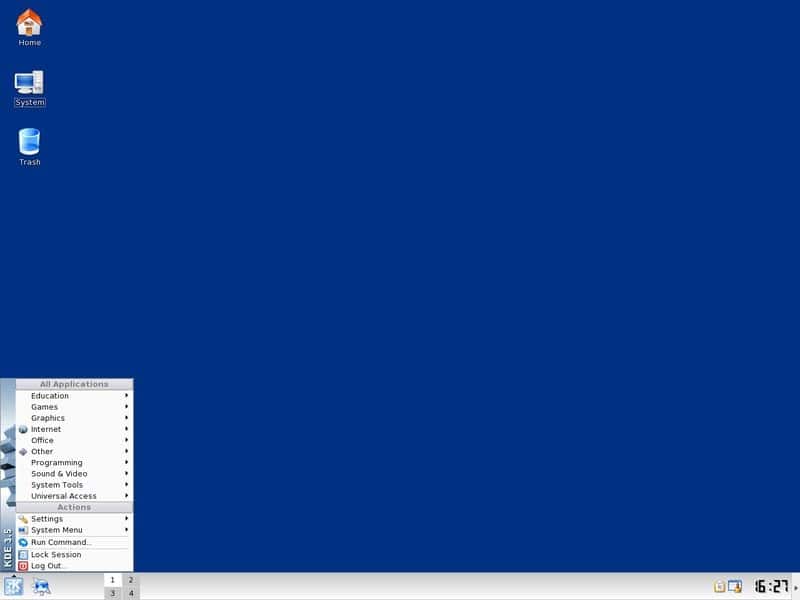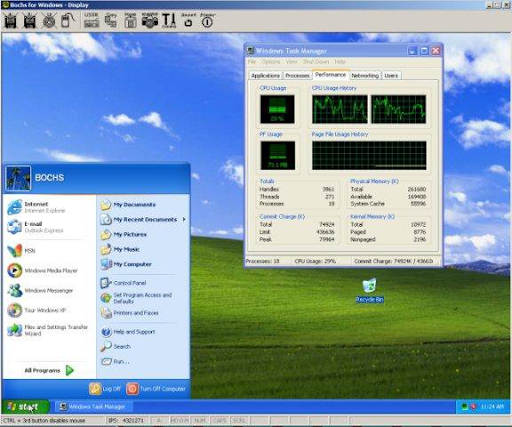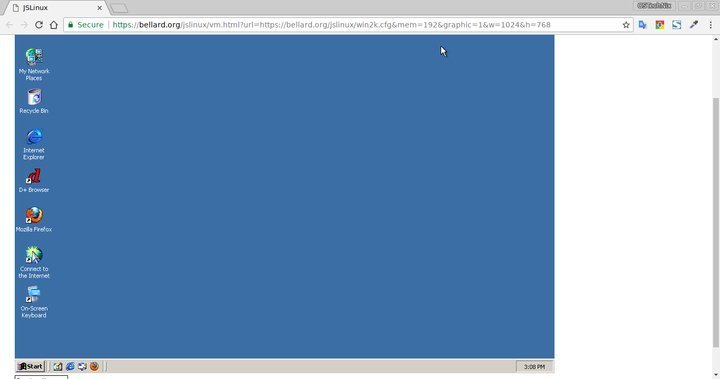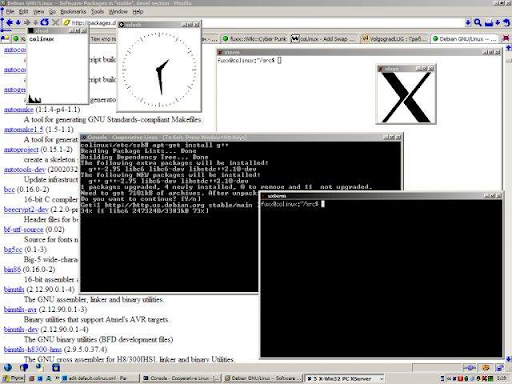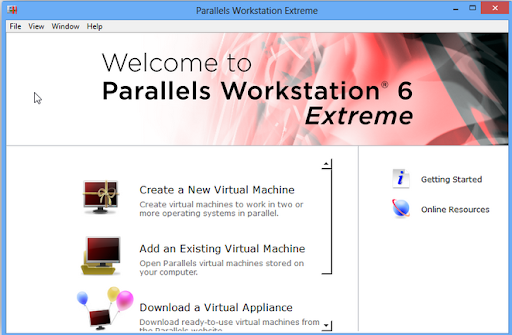15 Best Linux Emulators for Windows System
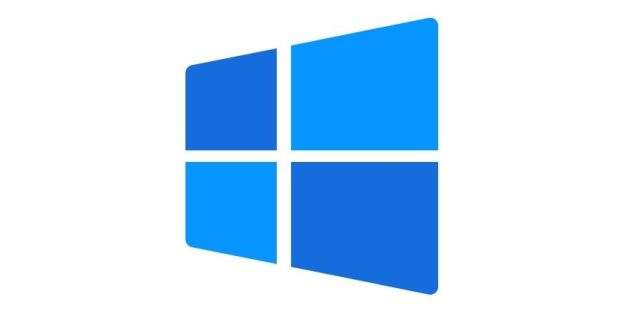
Microsoft Windows, commonly known as Windows, has been a widely used operating system for the last many decades. Due to its advanced graphics, features, and functionalities, it has been a favorite of the majority of the population across the world, both for business and personal requirements. The Microsoft Office Suite pack, for instance, is an extraordinary package that caters to the users’ preferences so effectively that no other OS stands a chance to pass through their minds.
If Linux is to be compared with Windows OS, the results will prove a huge difference between their technical and graphical preferences. But it would not mean that the 2 systems could not work together on a single together. Your read that right. Don’t feel bad, if you are a Linux fan but need to work on Windows for business or academic purposes because Linux emulators have got you covered! Let us jump to the following sections to learn about these.
What are Emulators?
An emulator is a computer program, hardware, or software that lets one computer system behave like another. In other words, it allows users to run software that is developed for an entirely different system on another system. In the process of emulation, a computer program attempts to emulate or imitate another program.
As a matter of fact, every operating system is different from another, it is always a possibility that the program that runs on one OS won’t run on another. For example, there are programs that won’t run on Linux but can smoothly work on Windows since both the OS have different designs and implementations. In such cases, emulators are introduced to bridge the gap between the systems and enable programs and/or software to run on different systems.
What are Linux Emulators?
Linux Emulators will allow the user to use a Linux operating system within a Windows operating system without any collision between the two OS, while their separate programs run together on a device.
The foremost step before configuring a Linux emulator is to check the hardware specifications of the device that contains the Windows operating system. These specifications are related to the RAM, the processor, and the physical memory of the device. In order for the Linux emulator to perform in a proper way, the user must take care of the minimum requirements which are-
- RAM- 4GB
- Hard Disk space- 250GB, and
- A dual-core Processor
Once you check all the above requirements, the final step will be to search for a suitable Linux distro.
Now, you will go through a number of Linux emulators for the Windows systems, to decide the best one for your system, and that will indeed be a difficult task. So we, at VerveLogic have compiled the best 15 emulators to make the search process lot easier for you. Let us go to the section below and find it out.
15 Linux Emulators for Windows Operating System
1. Cygwin
Cygwin is one of the best Linux Emulators for Windows users, which compiles the Linux software on Windows, thus making it functionally adaptable on the OS. Windows users with low CPU power or main memory on their systems can consider the Cygwin emulator as an ideal choice.
Features
- The Cygwin emulator can run on x86, 32-bit, and 64-bit Windows versions.
- It has a strong POSIX-compatible infrastructure that possesses a collection of GNU and Open Source tools that provide functions similar to Linux.
- Other extensive collections of Linux and BSD tools include TeX, X Window System, Apache, K Desktop Environment, and GNOME.
- It allows running Linux shells and also supports system utilities like remote logins, terminals, file execution, file transfers, text processing, compression, and servers directly in Windows.
- The Cygwin emulator provides a mechanism to rebuild native apps of Linux so that they can run easily on the Windows OS.
- Its strong runtime (cygwin1.dll) directly offers solid POSIX API functionality into Windows.
2. Hyper-V
Hyper-V, also known as Microsoft Windows Server Virtualization is an application developed by Microsoft. This emulator can perform emulation on almost all operating systems. Besides Linux distros, it can also run POSIX and BSD variants.
Features
- The Hyper-V emulator functions within a limited virtual partition that stores the Linux distros.
- It provides a resource protection mechanism, which ensures that the Linux system does not tamper with the configurations of the Windows system.
- With the PowerShell Direct feature, the emulator helps manage multiple guest operating systems and helps connect with them directly.
- Among its other features, a few are native support for persistent memory, cloud backup, encrypted network virtualization, d.VMMQ, etc.
- It consumes a lot of RAM, hence the device needs to have greater RAM to perform emulation.
3. VirtualBox
Virtual Box, a free-hosted hypervisor by Oracle, is the most common emulator in the Linux Community. This cross-platform software is amongst the simplest ways to achieve total Linux system emulation in Windows computers.
Features
- VirtualBox has a simple user interface allowing the users to set up Linux OS quite quickly.
- It lets its user create multiple virtual machines. These virtual machines hold alternative operating systems that the user needs to emulate.
- It is developed using highly optimized C and C++ programmable languages, and x86 assembly code, which together leads to an exceptional performance rate.
- Besides catering to light Linux distros, VirtualBox is counted as ideal for software testing and powering some resource-intensive Linux servers.
- Being an open-source application, Oracle VirtualBox permits third-party developers to extend the functionality as per their requirements.
- Oracle is required to update this emulator on a regular basis, hence the user comes across newer features and bug fixes from time to time.
- It is ideal for powering resource-intensive cloud servers and for software testing.
4. andLinux
andLinux is among the most powerful and efficient Linux emulators for Windows systems. It performs well across all major versions of Windows including Windows 2000, XP, 2003, Vista, and 7, but lacks 64-bit support.
Features
- andLinux is completely an open-source software and comes under the permissive GNU GPL license.
- It consists of a pre-installed Ubuntu distro, using coLinux as its kernel and Xming for the standard X server.
- It does not require any virtual machine for running Linux.
- It uses 2 Linux desktop environments: KDE and XFCE, which facilitate the Linux script execution hosted on Windows scripts using the command prompt. For the purpose of package management, there is Synaptic while for file management there is Nautilus.
- It allows the users to run everyday Linux commands directly from Windows scripts using the andCmd.exe utility.
- It emulates Linux OS-level virtualization to maintain a smooth user experience.
5. QEMU
QEMO is a rather stable and popular emulating application. It offers extensive hardware support and can emulate any architecture. It even runs as a Windows emulator inside the Linux OS.
Features
- QEMO is developed using the C programming language making it run faster than most Linux emulators for Windows.
- It supports GNU GPL open source license and thus allows the users to twist the emulators as needed.
- In order to achieve a stable QEMO performance, the user requires programmable CPU power and sufficient RAM.
- The performance of this emulator is native-level due to the frequent updates it receives.
- Since QEMO supports using peripherals, the user can easily connecting network data cards, CD drives, USB devices, hard disks, thumb drives, and audio interfaces.
- It enables the user to save the snapshot of the current state of Linux systems and restore them later on as per his need.
- The software is maintained on a regular basis, hence the user comes across newer features and bug fixes every month.
6. VMware Workstation
VMware is a hosted hypervisor emulator that supports a 64-bit Windows operating system. With this emulator, the user can run various Linux distros locally, on Windows.
Features
- VMware has a simple and clean UI.
- The software comes in 2 versions: a free version and a pro version. The pro version supports a variety of professional features in comparison to the free one such as gaming, etc. The free version comfortably accommodates 3GB of shared video memory and OpenGL.
- The emulator is already configured with Virtual Machines ready for the Linux distros.
- It also has inbuilt support for SSH, 4K resolution, DirectX 10.1, Wayland, and Virtual networks.
- This Linux emulator for Windows has in-built support for DirectX 10.1, 4K resolution, Wayland, SSH, and Virtual networks alongside other modern-day features.
7. Multi Emulator Super System(MESS)
One of the oldest and most versatile Linux emulators for Windows, MESS can emulate more than a thousand different guest systems on multiple hardware. At present, this emulator is maintained by MAME developers. The operational accuracy of this software makes it stand out from the other emulators for Linux.
Features
- MESS is open-source software and does not require any permission in case of any modification.
- It is best known for its universal emulation solution qualities.
- Its portability is commendable, which allows the user to configure and work with it from different devices and systems.
8. JPC
JPC is a java-based Linux emulator developed by Oxford University. It performs emulation of Linux systems on a number of operating systems. Any system with Java Virtual Machine installed over it can be emulated using JPC.
Source: sourceforge.net
Features
- JPC is an open-source Linux emulator that supports the free GNU GPL license.
- Emulation speed may differ from application to application.
- Since it is created on Java, it has pretty great portability and can be run on every major platform.
- In comparison to most emulators for Windows, this one comes with a default debugger due to which it becomes a lot simpler to find bugs.
- The software also supports network cards and can emulate the system’s audio files in a great way.
9. Wubi
Wubi stands for Windows-based Ubuntu Installer. It is a very innovative emulator that helps run Linux on Windows OS and that too without repartitioning the complete drive. At first, Wubi will be installed as a normal program on Windows. And then once it gets installed, it will create an installation environment for a Linux distro such as Ubuntu. Now whenever the user restarts the device, he gets a configured boot option to choose the OS that he wants to launch.
Since it lacks commercial capacity, it has been discarded by the developers. Though it can still be used in Windows.
Features
- Wubi is a lightweight program of merely 2.3 or 2.4 MB and has an easy-to-use UI.
- It enables the user to make changes in the software since It is GNU GPL licensed.
- The users are allowed to uninstall Ubuntu just like any other Windows software.
- It also lets its users choose their desktop setup and environment.
10. TopologiLinux
TopologiLinux is another robust open-source Linux emulator software that runs on Windows. Its benefits can be enjoyed by users working on older versions of Windows such as Windows 2000, XP, and Vista. The reason behind this is that coLinux (the module that runs this emulator) supports low-level hardware specifications and as a result doesn’t go with the latest Windows operating system versions.
Features
- The coLinux software that runs TopologiLinux allows the parallel execution of both the Windows NT kernel as well as the Linux kernel.
- Any extra partitioning of the host Window system is not required to emulate the Linux distro.
- It enables the user to modify the emulator since It is GNU GPL licensed.
- It also supports multiple Linux desktop environments such as KDE, GNOME, and XFE.
11. Bochs
Bochs is a simple hypervisor software that can emulate complete Linux systems in Windows devices.
Features
- Bochs program is developed using C++ programming language due to which it is one of the most portable Linux emulators and functions at a fast speed and great accuracy.
- Besides Linux, it can emulate a good range of other systems such as DOS, Microsoft Windows, etc.
- It even emulates many system architectures including x86-64 Intel and AMD processors, used in the latest Linux systems.
- Most Unix workstations such as Ubuntu, Linux Mint, Fedora, Manjaro and standard BSD counterparts can also be emulated by Bochs.
- It couldn’t support resource-heavy applications running on Linux systems and thus leads to system crashes whenever it happens.
- It enables the user to modify the emulator since it is a free and GNU GPL licensed software.
12. JSLinux
JSLinux is a brilliant software developed by the famous open-source developer Fabric Bellard. This emulator is a wonderful solution for the users who need to use Linux and have got access to a fast network connection at the same time. This is because this software provides a ready-made Linux system, which can be accessed through the internet by the user sitting anywhere.
Feature
- JSLinux has been developed using JavaScript and allows the user to test JS applications.
- It capacitates to handle 6 different Linux environments and to provide console-based and X-Window-based interfaces.
- It allows the users to connect to the worldwide network using these Linux environments and use them to access applications online.
- This program is quite a resource-friendly Linux emulator for Windows as it does not require any installation.
13. Cooperative Linux (coLinux)
coLinux or Cooperative Linux is yet another robust Linux emulator for Windows System. It has virtualization capacities that allow Windows users to run both Windows and Linux distros synchronously.
Features
- In coLinux, the Linus system receives full control over the resources of Windows.
- It allows both the Linux kernel and the Windows NT to run at the same time.
- Major Linux desktops such as Debian, Ubuntu, Fedora, and Gentoo get default support from the coLinux emulator.
- To run the graphical software, the users are required to install X-Window servers in their Windows systems.
- It also allows the Linux system to emulate ethernet connections of Windows, using TAP, PCAP, NDIS, and SLiRP.
- The emulator lacks support only for the 64-bit systems at present and besides, works on most Windows systems.
14. Bhyve
Bhyve Linux emulator is an open-source program that was initially developed for FreeBSD and later expanded for Windows and other operating systems. It is a great software for those users who want to run both Linux and Windows but do not want to install resource-heavy virtual machines.
Features
- Bhyve is a lightweight x86 emulator.
- It supports the most popular Linus distros like RHEL, CentOS, Debian, Fedora, OpenSUSE, and Ubuntu.
- It allows the users to modify and expand the emulator as per their requirements.
- It also supports UEFI, Hyper-V, and OmniOS and can change AHCI devices quite effectively.
15. Parallels Workstation
Parallels Workstation is a full-fledged robust emulator that allows its user to configure and work with Linux Virtual Machines inside Windows OS. At present, the program is discontinued for Windows and Linux, it still offers its robust functionalities and features to other systems.
Features
- Parallels Workstation capacitates to perform a complete system emulation and emulate hard drive adapters, video adapters, and network adapters.
- It can virtualize AES-NI and NX 64-bit processors.
- It consists of pre-built drivers and ensures that the device’s parallel ports and USB device are compatible with the environment of the operating system.
- The software supports VGA and SVGA graphic cards with VESA VBE 3.0 and 256 video RAM due to which it can host most Linux distros very effectively.
- It supports up to 4 IDE devices and 16 SATA devices with a USB 2.0 controller.
- The most popular Linux distros it supports include Debian 6.0, Fedora 14 & 15, OpenSUSE 11.1, RHEL 6, SLED 11 SP1, Ubuntu 10.10, 11.04 and 11.10.
End Note
So if you are a Linux enthusiast, we are sure this blog is going to encourage you to try these emulators on your Windows system. On the other hand, if you are a classic Windows follower then mastering Linux on the Windows environment will be a great add-on to your exploration. So give this a try and keep reading our blogs for more interesting topics.

